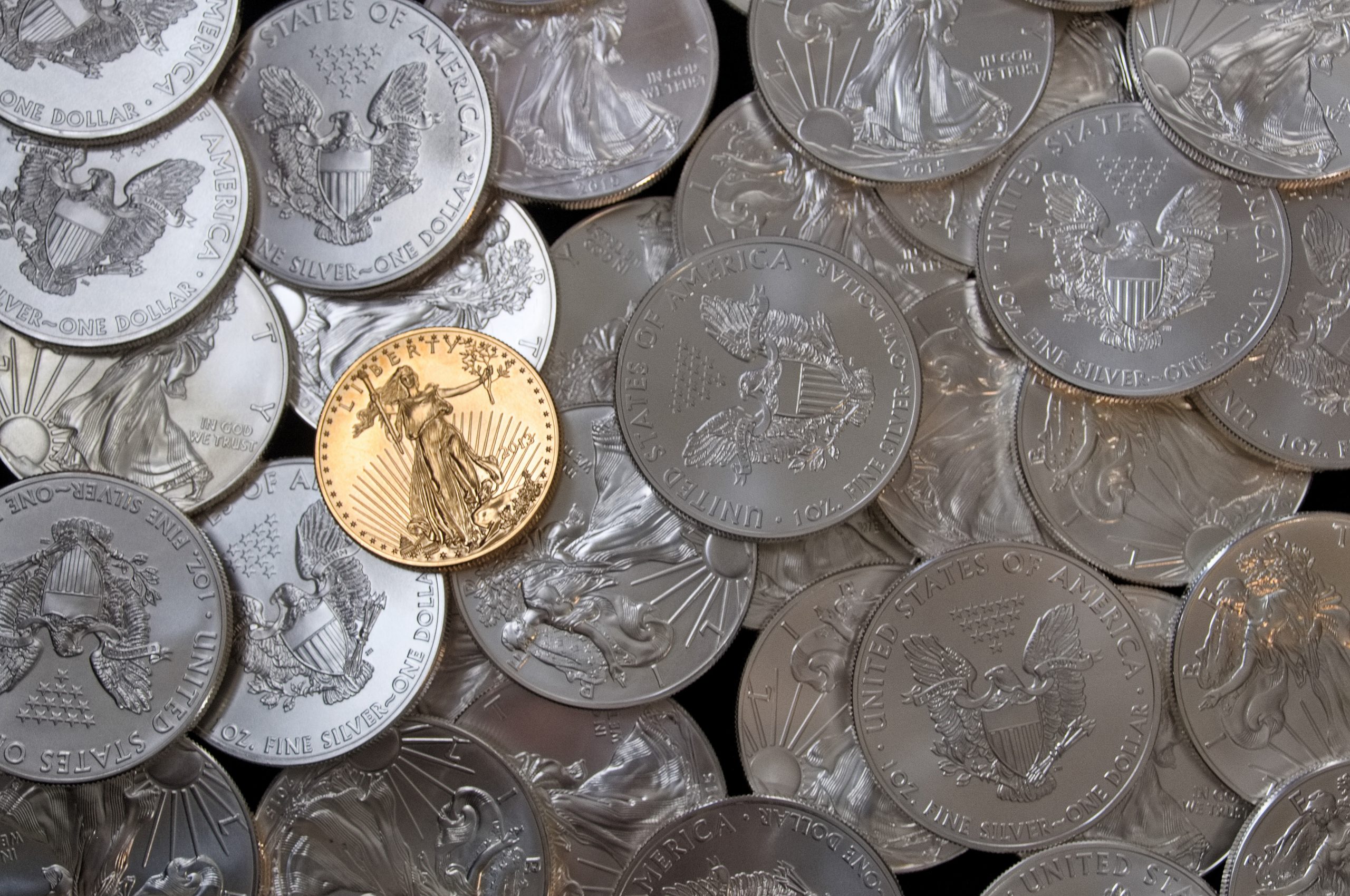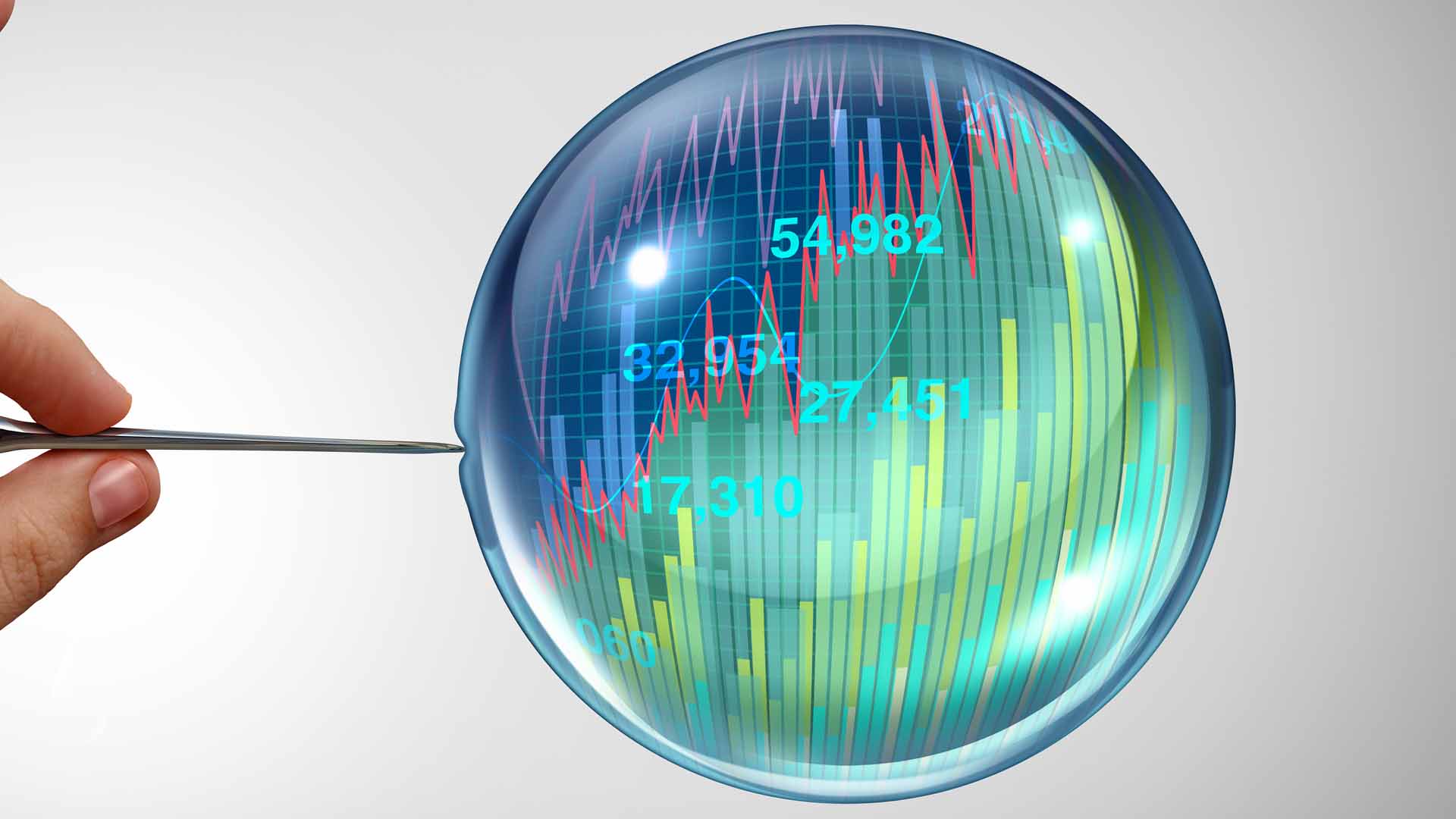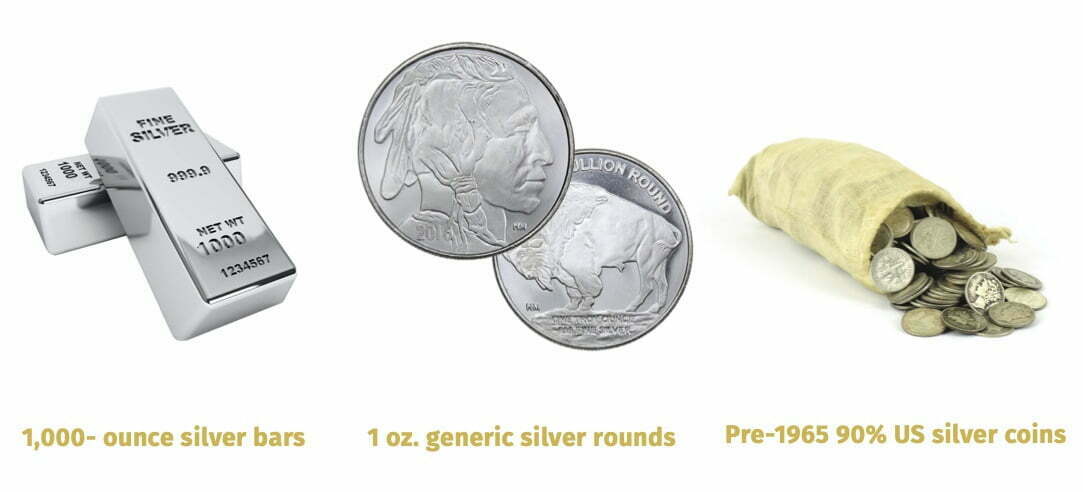Have you been following silver?
There’s certainly been some excitement in that world lately. Some folks on the WallStreetBets subreddit tried to run the price up after successfully doing the same thing with some out-of-favor stocks.
With silver, though, their attempted roar came out as a squeak. Silver quickly rose a few dollars in price and just as quickly returned to its previous range.
Why? Well, silver keeps its own counsel. It’s not immune to manipulation, but it always wins in the end. The trick is in knowing when it intends to make its move. Scores of analysts spin millions of words into guesses as to when that will happen. Most of the time—the vast majority of the time—they’re wrong.
McAlvany ICA typically engages in no more than tempered speculation on that front, instead recommending ratio trading with gold or other precious metals, accumulating ounces when prices are low, understanding larger forces at work, and similar timing-independent practices.
With that said, the expert analysis of silver has entered a new phase. If you keep up with the financial news, you know that many high-profile experts now recommend silver. ICA does, too. Again the question: why?
It has almost nothing to do with timing. It’s about understanding the times. Perhaps you’ve heard of the “everything bubble.” If you’ve been to the store, looked at buying a car or house, or been out to dinner, you know what that means. Prices are high and rising.
DC might not see any inflation, but the rest of America can see it just fine. Even commodities such as copper and oil have skyrocketed.
But gold and silver haven’t been caught up in the almost-everything bubble. They’ve been nearly static for months now, even though they are the most widely recognized hedges for inflation in the investment world.
That—along with the Fed’s massive money creation—is why so many experts now recommend precious metals, especially silver. High inflation is not just coming, it’s here.
After all, there are a lot more and a lot easier ways to buy “paper” (electronic, really) silver than the real thing. In fact, some authorities on the subject have calculated that the paper market is as much as 250 times larger than the market for physical silver.
That means that an awful lot of “silver” trading is nothing of the sort. It’s just trading paper substitutes for the real thing and calling it good.
For now, that works. It works because the demand for the real thing isn’t much greater than the demand for its proxies.
But there’s a vulnerability in that. Paper trading only works when people think paper silver is virtually the same as physical silver. In times of calm, nothing challenges that assumption.
But they’re not the same. When a crisis happens and 250 people line up to get an ounce of silver, at most one of them will leave with a coin in their pocket. Just ask the other 249 what they’re going to do with their “silver.” And ask yourself how well you like those odds.
Most products in America are much more expensive than they’ve ever been. But silver has been trading for less than $30/oz. for many years now—less than two-thirds of its all-time high.
That’s where the price of silver still is as of this writing, but the landscape has already started to change. Paper and physical silver have started behaving differently. As a result, some dealers are now charging inordinately high premiums for physical silver.
Of course, increasing premiums is normal as demand goes up, but ICA has some ways to help you minimize premiums with product supply and particular recommendations.
Price spikes are greatest with government minted coins, so ICA recommends the following specific products in order to strategically position your investment for maximum future gain:


















